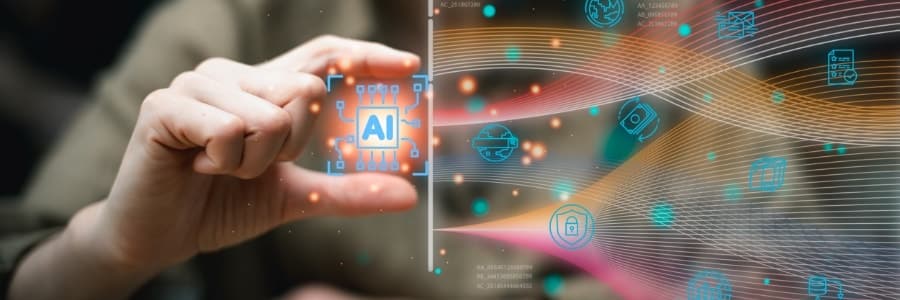If you’ve scrolled through social media lately, you’ve probably noticed videos that look a little too perfect. Maybe a celebrity giving a speech that never happened, or a scene so cinematic it’s hard to believe it was captured on a smartphone. Many of these clips carry a small watermark labeled Sora, OpenAI’s latest tool driving the wave of AI video realism. As these tools evolve, the line between genuine footage and AI-generated content grows increasingly blurred, making awareness and digital literacy more critical than ever.
What Is Sora and Why It Matters in AI Video Realism
Sora is a powerful AI system developed by OpenAI that can create lifelike videos from text prompts. It represents one of the most advanced steps toward true AI video realism, where lighting, movement, and even human expressions are almost indistinguishable from real recordings.
While this breakthrough opens creative opportunities for filmmakers, educators, and marketers, it also presents risks. Misinformation, deepfakes, and fabricated footage are becoming harder to detect, especially when such videos spread online without watermarks or clear attribution.
The Blurred Line Between Reality and Fabrication
Even though watermarks like “Sora” help signal authenticity, they can be removed or cropped out when videos are re-uploaded. Once shared, these AI-generated clips can appear as genuine media, confusing viewers and raising questions about what’s real.
This is the heart of the challenge with AI video realism as technology improves, traditional ways of identifying fake content (like spotting odd lighting or awkward movements) no longer work as well. In sectors like journalism, marketing, and cybersecurity, this blurred boundary between truth and illusion makes content verification more essential than ever.
Why Awareness Is the Best Defense Against AI Video Realism Risks
AI video tools like Sora are evolving every week, with new updates improving motion accuracy, facial rendering, and environment realism. What once looked “AI-generated” is now nearly flawless. As AI video realism improves, so does the potential for misuse.
The best defense is awareness. Understanding that a video might not always be real encourages critical thinking before sharing, reacting, or trusting online content. For organizations, this awareness extends to protecting brand integrity and ensuring digital authenticity in communications.
At Capital Data Service, Inc., we help organizations stay informed about the risks and opportunities tied to emerging AI tools. From content verification strategies to data protection solutions, we’re here to ensure your business stays ahead of evolving technology.
Final Thoughts
The rise of AI video realism is transforming how we view and trust online content. Sora’s realism is both inspiring and concerning. It showcases the innovation of AI while challenging our perception of truth.
As technology continues to advance, digital awareness is no longer optional, it’s essential. Staying informed about AI’s capabilities and limits empowers both individuals and businesses to navigate this new media landscape responsibly.

